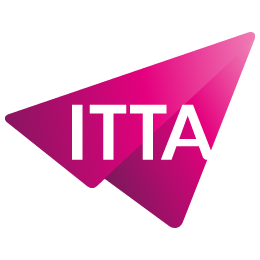Home > Trainings > IT Pro > Cloud Computing > Microsoft 365 Messaging (MS-203)
This training examines the key elements of Microsoft 365 messaging administration, including message transport and mail flow, messaging security, hygiene, and compliance, messaging infrastructure, and hybrid messaging. This course is designed for IT Professionals who deploy and manage the messaging infrastructure for Microsoft 365 in their organization.
Module 1: Explore transport services
Module 2: Configure message transport
Module 3: Manage transport rules
Module 4: Manage mail flow
Module 5: Troubleshoot mail flow
Module 6: Troubleshoot transport issues
Module 7: This module is part of these learning paths
Module 8: Plan for message security
Module 9: Manage anti-malware and anti-spam policies
Module 10: Explore threat protection in Microsoft 365 Defender
Module 11: Explore messaging compliance in Microsoft 365
Module 12: Explore messaging compliance in Exchange
Module 13: Manage Exchange Online archiving and auditing
Module 14: Manage Content Search
Module 15: Manage authentication for messaging
Module 16: Configure organizational settings
Module 17: Configure organizational sharing
Module 18: Manage administrator roles
Module 19: Manage user roles
Module 20: Analyze role-based permissions
Module 21: Explore the different types of Exchange recipients
Module 22: Create and manage Exchange recipients
Module 23: Manage email addresses, lists, and resources
Module 24: Explore Exchange hybrid deployment requirements
Module 25: Plan and configure a hybrid deployment using the Hybrid Configuration Wizard
Module 26: Provide a gateway for Internet email using Edge Transport servers
Module 27: Implement advanced hybrid functionality
Module 28: Troubleshoot hybrid deployments
Module 29: Plan mailbox migrations
Module 30: Run IMAP migrations
Module 31: Run cutover and staged migrations
Module 32: Run advanced mailbox migrations

Nous utilisons des cookies afin de vous garantir une expérience de navigation fluide, agréable et entièrement sécurisée sur notre site. Ces cookies nous permettent d’analyser et d’améliorer nos services en continu, afin de mieux répondre à vos attentes.
Monday to Friday
8:30 AM to 6:00 PM
Tel. 058 307 73 00
ITTA
Route des jeunes 35
1227 Carouge, Suisse
Monday to Friday, from 8:30 am to 06:00 pm.